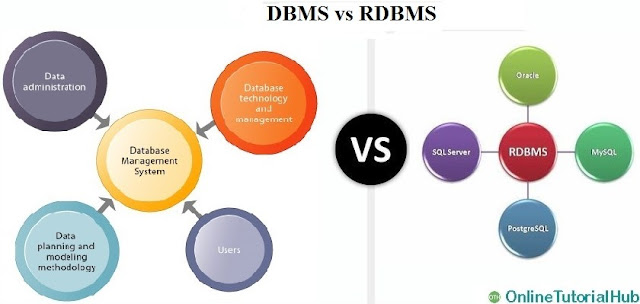What is BigData?
BigData is nothing, a huge amount of data which is coming from different sources like Social networking sites, E-commerce site, Weather Station, Telecom company and Share Market etc.
At the same time, BigData cannot be stored in any traditional system like Access, SQL & Oracle etc. BigData is being generated with such a high speed that's why BigData is a problem for traditional systems as these are not able to store & process BigData due to some limitations.
IBM suggested five V's to identify and understand the BigData if any data having characteristics of 5 V's then we can say this is BigData :
1. Volume: The size of the data.
2. Variety: Processing different types of data.
3. Velocity: The speed at which data is generated.
4. Value: Finding correct meaning out of the data.
5. Veracity: The trustworthiness of the data in terms of accuracy.
The data will be of three types.
- Structured data: Relational data.
- Semi-Structured data: XML data.
- Unstructured data: Word, PDF, Text, Media Logs.
BigData Sources -
There may be many reasons behind the growth of Bigdata, but the main reason is the continuous enhancement of technology. If you go back in time like in the 70s or 80s only a few people were using computers. But now everyone owns a gadget, everyone has a mobile phone, everyone owns a laptop and they are generating data every day. Now you can also think of Internet of Things (IoT) as a factor.
Nowadays we're dealing with interconnected smart devices and smart appliances; they form a network of things which is nothing but the Internet of things. So these smart appliances are also generating data and one major factor behind the rise of BigData that comes to my mind is Social media.
Let's understand Bigdata with the help of some examples :
Social Media :
We have billions of people on social media because of we human, we are social animals and we love to interact, we love to share our thoughts, feelings, and social media website provides us the platform that we need, and we have been using it extensively every day.
So if you look at the stats, you can see :
- In Facebook, the user generates almost 4 million likes in every 60 seconds.
- On Twitter, there are almost 300 thousand tweets in every 60 seconds.
- On Reddit, there are 18000 user cast votes in every 60 seconds
- On Instagram more than 1 million likes in every 60 seconds
- On YouTube, there are almost 300 hours of new videos uploaded in every 60 seconds.
Now, this is data for every 60 seconds. You can imagine the kind of data that we are dealing with every day and how much data we have collected throughout the years. Since the Social Media website has started now so a lot of data has been rising over years.
Cisco :
Cisco is one of the biggest networking companies and they track the data traffic.
In 2015, if you see that Cisco was dealing with only 3.7 Exabyte’s ( 1 Exabyte = 10^18 bytes) and now in just 5 years it's going up to 30.6 Exabytes. Now, it can be more in the coming years because the data has been growing faster and we are dealing with a lot of data.
Cisco also mentioned the three major reasons behind the growth of the data :
1. The first one is the adoption of Smarter Mobile Devices than basic mobiles like Nokia 1100 which can be used only for calls and text messages. Nowadays everyone is using Smartphones and different apps on these Phones, each app generates a lot of data.
2. The next reason they mentioned is Cell Network, we have 2G, 3G, and 4G and now we're looking forward to 5G. Now we are advancing the Cellular Network Technology and it provided us feasible communication even faster and in a better way. Also, This gave us chance to share things that have become very easy for us to send a message or send videos to our loved ones in few seconds only.
3. The next reason as per Cisco is Reviewing Tiered Pricing. The network companies are also providing a lot of data plan that anyone can use. Unlimited data plans, share plans which are very reasonable for us that's why we have been using it extensively.
Almost everyone in the world uses a mobile phone now, stats also say that we have 217 new users in every 60 seconds. So you can say that we are dealing with a lot of data and that is why name comes as BigData.










